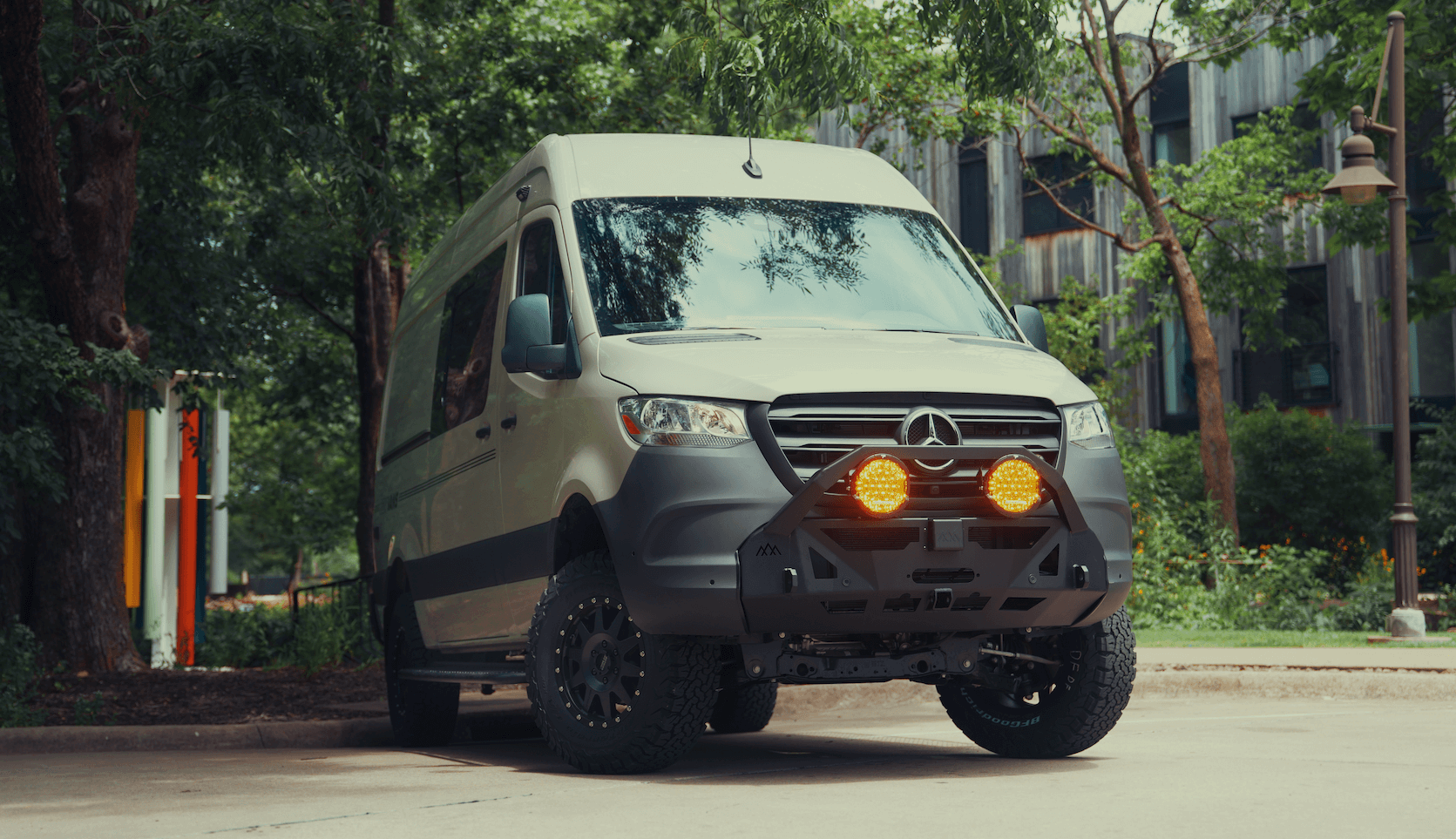Recreational Vans

A great custom van interior feels calm when parked and practical in motion. The goal is a layout that flows, materials that hold up to travel, and systems that run quietly and safely. Done right, the cabin supports cooking, resting, working, and gear hauling without wasting space or payload. The best plans begin with honest use cases, then translate those needs into measured zones and proven components.
A clear floor plan prevents traffic jams around the door and the galley. Place high touch areas near the slider, keep walkways at least the width of a shoulder, and let sight lines carry light deep into the cabin. Weight should sit low and over the axles for stable handling. Use certified seating with proper anchoring, and secure all cabinets against vibration.
Choose a fixed bed for fast setup, paired with deep drawers or a garage below for bikes and bins. If you need maximum daytime space, a raised platform with a fold front or a convertible dinette can work, but test the transform steps to ensure they feel quick and repeatable after a long ride. Mind mattress thickness and headroom so you can sit up without hitting the roof.
A driver side galley near the slider allows easy outdoor pass through cooking and keeps heat and steam near a vent. Pair a top loading fridge for efficiency or a front loading unit for organization. Add a drop in trash spot and a landing shelf for mugs. In tight vans, a single run galley beats a U shape because it preserves walkway width.
Tall cabinets are great for clothing and pantry items but can feel heavy if placed high and far aft. Use soft close hardware, adjustable shelves, and cargo track tie points in the garage. Small cubbies near the bed handle books, headlamps, and phones so you are not digging in big drawers at night.
Interior materials should resist moisture, clean easily, and hold fasteners. Baltic birch plywood is a stable substrate for cabinetry. Aluminum and composite panels save weight where every pound matters. Marine grade laminates, sealed edges, and stainless fasteners stand up to humidity swings and road grit.
A mix of sound deadening on large panels, then insulation, then a controlled air gap helps temper both heat and cold. Mineral wool and wool batts absorb sound and regulate moisture. Closed cell foam boards work in flat cavities. Use a thoughtful vapor strategy that reduces condensation without sealing in trapped water. Ventilation is as important as R value.
Choose wear resistant flooring with real grip, not high gloss. Durable vinyl plank or coin rubber is quiet underfoot and easy to mop. For walls and ceilings, use wipeable laminates or painted panels with a scuff resistant finish. Rounded edges and integrated pulls remove snag points for jackets and packs.
Strategic sound damping on doors and wheel wells lowers road noise. Soft materials near the sleeping area absorb echoes. A quiet van lets conversations stay relaxed and makes long drives feel shorter, especially when paired with competent tires at the correct pressure.
A reliable electrical plan starts with load math. List every device, estimate daily watt hours, and size your battery bank with reserve for cloudy days. Use proper fusing, cable sizing, and a battery management system. Combine solar input with alternator charging and shore power to keep options open.
Lithium iron phosphate batteries offer deep cycles and stable performance. A DC to DC charger protects the alternator while charging on the move. An inverter supports outlets for laptops and small appliances. Mount heavy components low and inside the thermal envelope to improve efficiency and extend life.
Zone lighting beats a single bright ceiling. Mix warm ambient lights, cool task lights at the galley, and focused reading lights by the bed. Dimmers and independent switches let you settle the cabin without glare. Motion lights in the garage make late night loading easy.
A roof fan paired with an open window moves stale air fast. Cross flow reduces cooking odors and condensation. In shoulder seasons, a diesel or gasoline fired heater sips fuel and keeps the cabin dry. In hot climates, roof mounted air conditioning needs adequate battery capacity and charging to be practical.
Good custom van interiors also respect legal and safety considerations. Use proper anchoring for seats and belts, keep propane or fuel lines inspected and isolated, and distribute weight so braking and cornering stay predictable. Every drawer, latch, and hinge should feel secure on rough roads and effortless at camp.
If you want a professional team to turn this plan into a reliable build, explore our recreational vans, see how we approach custom van builds, or review mainstream vans that can finance. We design around real use, integrate safe seating, specify materials that survive miles, and deliver interiors that feel calm, quiet, and ready for the next road.
Share your trip goals, headcount, must carry gear, and style preferences. OZK Customs will translate your needs into a layout, material set, and power plan that performs from day one. Submit the form to start your build conversation today.
Ready to turn a smart interior plan into a dependable road home. Share your goals and budget. OZK Customs will map your layout, specify materials, and build a safe, quiet, and efficient van that fits your life. Submit the form to start your design consult.
ADDRESS:
6159 E Huntsville Rd, Fayetteville, AR 72701
PHONE:
(479) 326-9200
EMAIL:
info@ozkvans.com